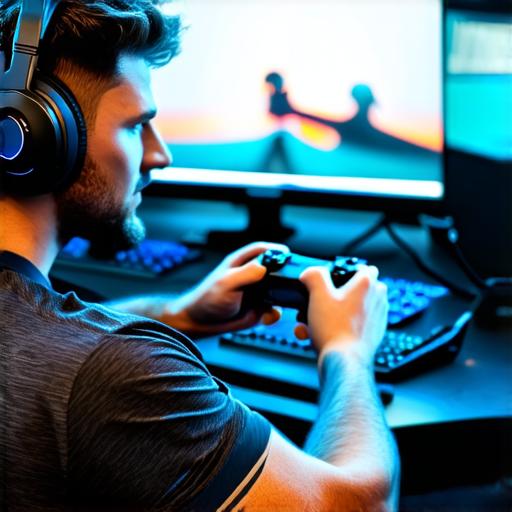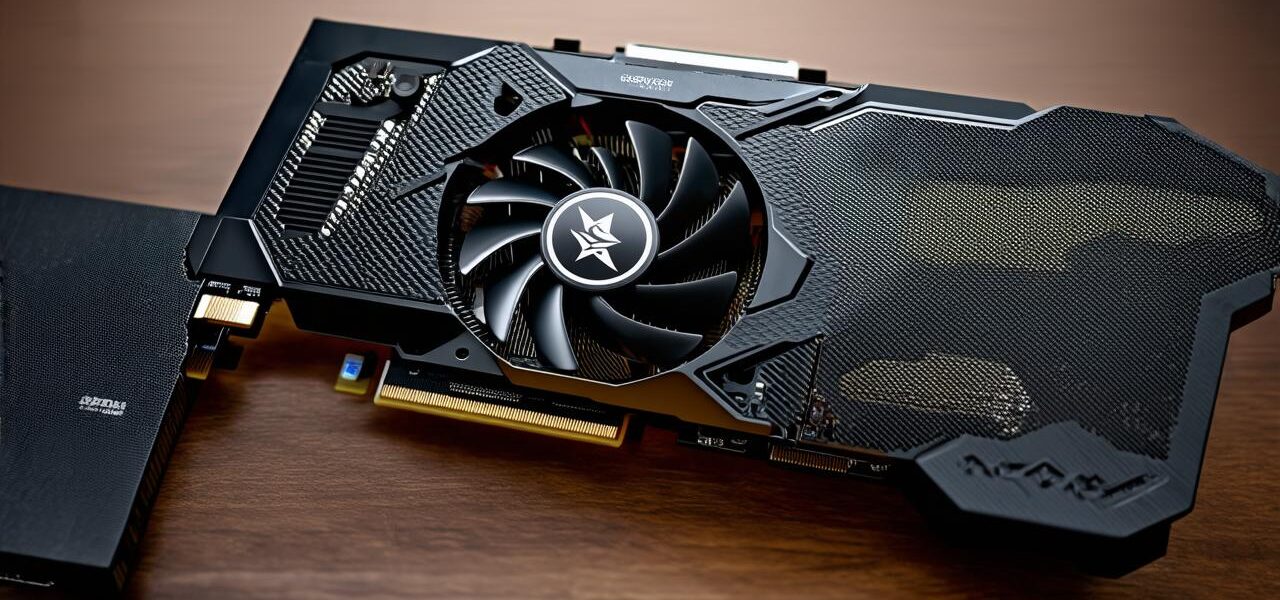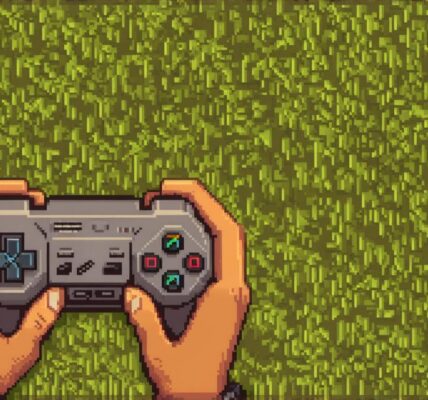
Table of Contents
- Introduction
- Understanding Video Card Performance Metrics
- Overclocking Your Video Card
- Upgrading Your Video Card
- Cooling Your Video Card
- Optimizing Game Settings for Maximum Performance
- Troubleshooting Video Card Issues
- Conclusion
Introduction
Video cards play a crucial role in modern gaming systems, providing the hardware necessary to render high-quality graphics and smooth gameplay. With the increasing demand for better graphics and faster frame rates, optimizing your video card performance has become more important than ever.
Understanding Video Card Performance Metrics
To optimize your video card performance, you need to understand the various metrics that affect its performance. The most important of these metrics are frame rate (FPS) and resolution.
Other key metrics that affect video card performance include memory capacity, clock speed, and the number of CUDA cores (if you are using an Nvidia GPU). Memory capacity determines how much data your video card can process at once, while clock speed refers to the speed at which your video card processes data. The number of CUDA cores determines how many parallel tasks your video card can perform simultaneously.
Overclocking Your Video Card
One way to improve your video card’s performance is to overclock it. Overclocking involves increasing the clock speed or memory capacity of your video card beyond its factory settings.
This can result in improved graphics quality and frame rate, but it also carries some risks. Overclocking your video card can cause damage to your hardware if not managed properly, so it’s important to use an overclocking tool that is designed specifically for your video card model. Additionally, overclocking may void your video card warranty, so you should proceed with caution and at your own risk.
Benefits of Overclocking Your Video Card
Overclocking your video card can provide several benefits, including improved graphics quality and frame rate, as well as increased system stability and performance. Additionally, overclocking can help to reduce the load on your CPU, which can improve overall system performance.
Risks of Overclocking Your Video Card
While overclocking can provide significant benefits, it also carries some risks. Overclocking your video card can cause damage to your hardware if not managed properly, and it may void your video card warranty. Additionally, overclocking can lead to increased power consumption, which can result in higher electricity bills.
Upgrading Your Video Card
If you are looking for a significant improvement in graphics quality and frame rate, upgrading your video card may be the best option. When choosing a new video card, it’s important to consider factors such as memory capacity, clock speed, and the number of CUDA cores (if you are using an Nvidia GPU).
Installing a new video card requires some technical know-how, but most modern GPUs come with easy-to-follow installation guides. It’s important to properly install your new video card and to connect it to the power supply correctly to avoid any damage to your hardware.
Cooling Your Video Card
Overclocking your video card can increase heat production, which can be harmful to your hardware if not managed properly. To prevent damage to your video card, you need to use an effective cooling system that can dissipate excess heat.
There are two main types of video card coolers: air-cooled and liquid-cooled. Air-cooled coolers rely on fans to dissipate heat, while liquid-cooled coolers use a liquid cooling system to transfer heat from the GPU to a radiator outside your case.
Liquid Cooling
Liquid cooling is a more advanced and efficient way of cooling your video card. It involves using a liquid cooling system to transfer heat from the GPU to a radiator outside your case.
Air Cooling
Air cooling is a simpler and less expensive method of cooling your video card. It relies on fans to dissipate heat.
Cooling Your Video Card
When installing your video card’s cooling system, it’s important to follow the manufacturer’s instructions carefully and to properly secure the cooling components to prevent damage or leaks. It’s also important to clean your cooling system regularly to ensure that it continues to function effectively.
Optimizing Game Settings for Maximum Performance
To get the most out of your video card, you need to optimize your game settings for maximum performance. This involves adjusting various settings such as graphics quality, anti-aliasing, and V-Sync to achieve the best balance between graphics quality and frame rate.
For example, if you are playing a first-person shooter game, you may want to enable anti-aliasing to reduce blurring and improve the sharpness of images. However, enabling anti-aliasing can also increase the load on your video card, so you may need to adjust other settings to achieve optimal performance.
Other Game Settings to Optimize Performance
- Texture Quality: Adjusting the texture quality setting can improve or reduce the level of detail in images, which can impact frame rate and system stability.
- Reflection Quality: Adjusting the reflection quality setting can affect how realistic reflections appear in game environments, but it can also impact performance.
- Shadows: Adjusting the shadow quality setting can improve or reduce the realism of shadows in game environments, but it can also impact performance.
- Motion Blur: Enabling motion blur can reduce motion sickness and improve the fluidity of gameplay, but it can also impact frame rate and system stability.
Troubleshooting Video Card Issues
Common video card issues include driver problems, overheating, and hardware damage. To diagnose and fix video card issues, you can try the following steps:
- Check for the latest driver updates for your video card model.
- Make sure your video card is properly cooled.
- Check for hardware damage or loose connections.
Conclusion
By understanding the various metrics that affect video card performance, using an overclocking tool (if necessary), upgrading to a new video card if needed, properly cooling your video card, and optimizing game settings, you can achieve optimal performance and enjoy your games to their fullest potential.




